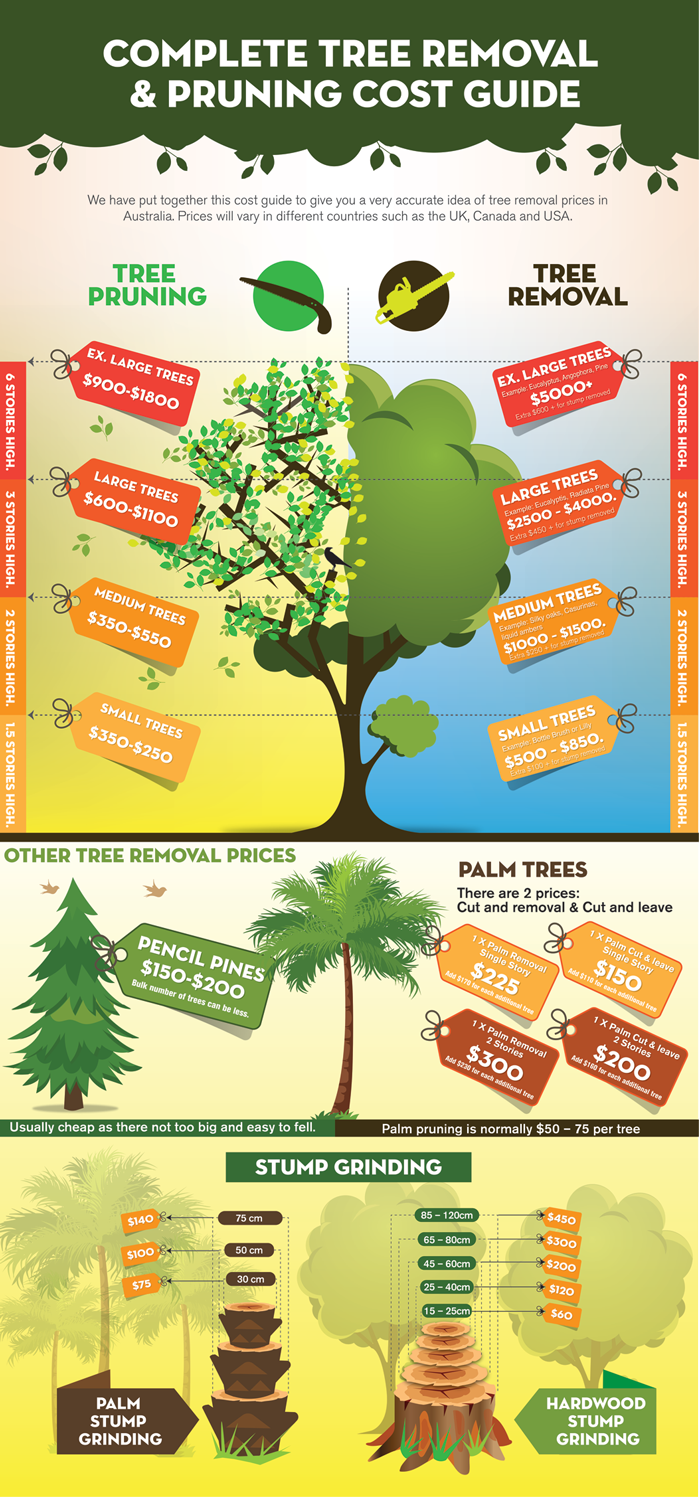Signs Showing The Demand For Tree Elimination: Determining Risky Trees
Signs Showing The Demand For Tree Elimination: Determining Risky Trees
Blog Article
Web Content Composed By-Harper Goodman
When it comes to tree treatment, identifying the signs that it's time for removal is vital for your security and property. You might discover stained leaves, wilting branches, or strange fungal developments suggesting health problems. Structural problems, like a substantial lean or splits in the trunk, can additionally posture dangers. Recognizing these warning signs can aid you make informed decisions regarding your trees and protect against possible dangers hiding in your backyard. What should you seek next?
Indications of Decay and Condition
When you notice signs of decay and condition in your trees, it's critical to act rapidly. Look for stained Highly recommended Site , wilting branches, or unusual developments like fungi. These can suggest that your tree is struggling.
If you see fractures in the bark or soft, mushy wood, these signs suggest interior decay. Furthermore, an unexpected rise in bugs around your tree can signal that it's damaged and vulnerable.
Check for any dead or passing away limbs, as they posture a risk to your property and safety. If you're uncertain about what you see, seeking advice from an arborist can supply quality.
Addressing these signs early can conserve you from more considerable damage and make certain the health of your yard. Do not wait up until it's too late.
Structural Instability and Leaning
As you observe your trees, watch out for any kind of indications of architectural instability or leaning. If a tree leans substantially, it may indicate that the origin system is jeopardized.
Seek any type of fractures in the trunk or soil around the base; these can indicate prospective failing. Furthermore, look for uncommon development patterns, like a lopsided crown, which might recommend that the tree is struggling to hold itself upright.
If you notice that the tree favors your home, high-voltage line, or various other frameworks, it poses a better danger. Don't overlook these signs-- consult an arborist to analyze the circumstance.
Acting early can avoid costly damages and guarantee your safety.
Dead or Perishing Branches and Vegetation
If you observe dead or dying branches and foliage on your tree, it's a clear indicator that something's wrong.
These unhealthy areas can show underlying concerns like illness, pest problems, or environmental stress and anxiety. When branches lose their fallen leaves or transform brownish, they're no longer contributing to the tree's health. Neglecting these signs might result in further decline, making your tree more dangerous.
Dead branches can easily break off during tornados, positioning a danger to residential or commercial property and individuals nearby. It's vital to analyze the extent of the damages.
If the issue impacts a significant part of the tree, think about speaking with a professional. https://stumpremovaltool60594.tkzblog.com/35041221/the-crucial-overview-to-stump-grinding-methods-advantages-and-expenses can assist identify if elimination is necessary to guarantee safety and keep the beauty of your landscape.
Final thought
If you discover any signs of decay, architectural instability, or dead branches on your trees, don't overlook them. These signs can pose severe safety and security risks to you and your property. It's always best to get in touch with an expert arborist who can supply a professional assessment of your trees. Taking action early can stop mishaps and costly damage, guaranteeing your landscape continues to be secure and healthy and balanced. Bear in mind, it's much better to be proactive about tree care than to await a calamity to occur.
